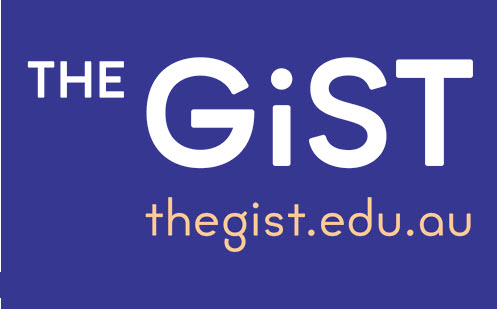Gender-inclusive maths
Overview
It is well known that girls tend to be under-represented in higher level mathematics classes. This starts from attitudes girls pick-up on from a young age. How teachers talk and interact with their students is key to overcoming these prejudices. For example, not allowing more dominant boys to control classroom conversations and answer all the questions. Working with parents is also important in changing attitudes and expectations.
The teacher:
- positively encourages girls to participate in class discussions and to answer questions
- gives examples of women who have contributed to mathematics in the past and present
- emphasises that mathematics is accessible to all.
The students:
- feel that mathematics is for them
- feel confident to ask and answer questions.
Example of the strategy in action

The GiST
The Girls in STEM Toolkit (The GiST) presents a framework of seven principles for designing inclusive STEM learning environments based on research.
